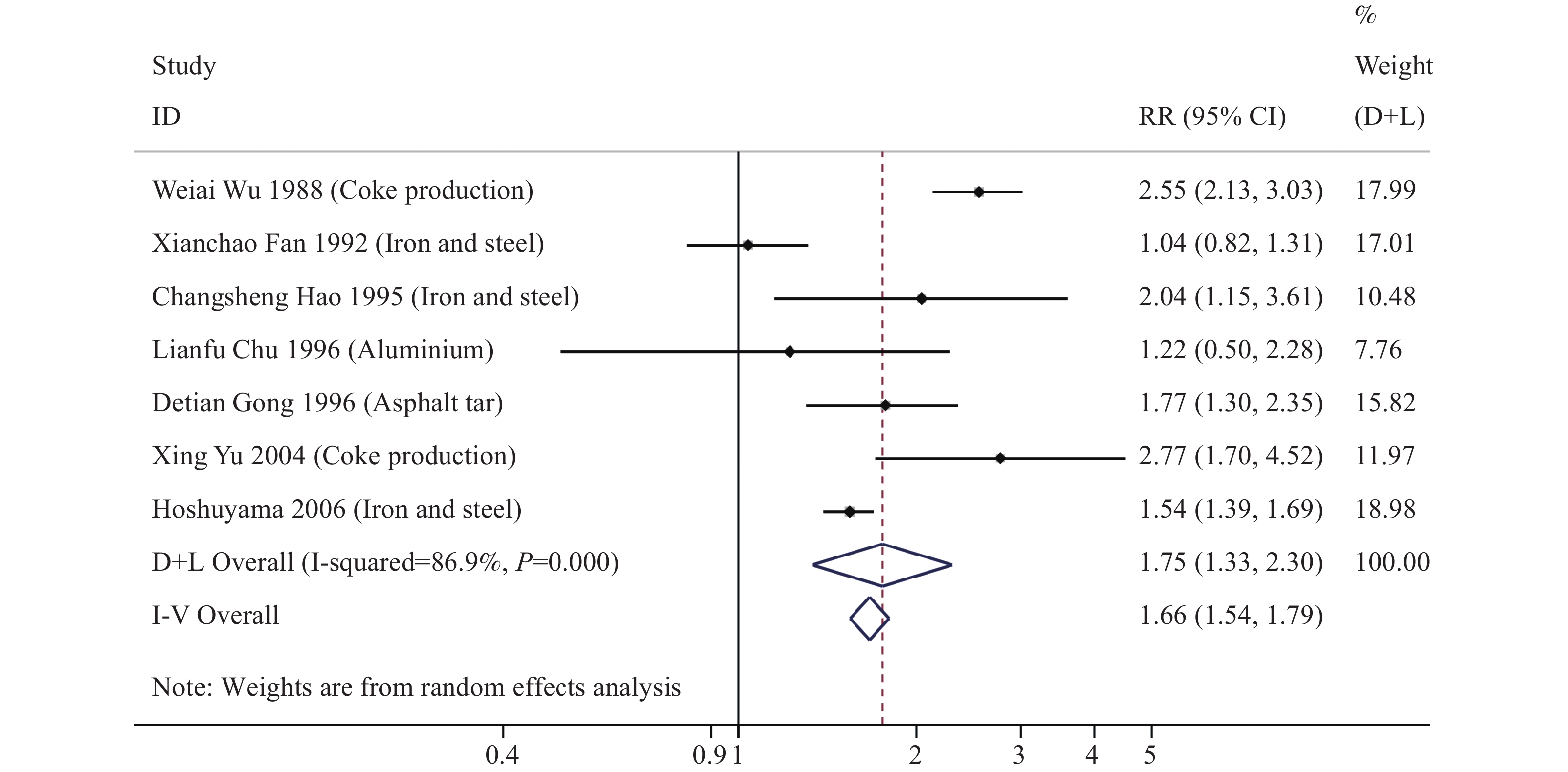2022 Vol. 4, No. 17
Coke oven emissions are a complex mixture of particulate matter and gases, some with carcinogenicity, released during coke production. Lung cancer caused by coke oven emissions has been listed as a statutory occupational cancer in China and many countries.
In this study, coke oven emissions-induced lung cancer was mainly found in the manufacturing industries. Coke oven workers exposed to higher levels of polycyclic aromatic hydrocarbons in different workplaces had a high risk of occupational lung cancer.
It is necessary to take efforts to greatly reduce emissions from coke production and effectively monitor the health of workers.
In the 1980s. benzene-induced leukemia (BIL) mainly occurred in shoemaking and painting industries. Now the industry distribution of benzene-induced leukemia may have changed over time.
BlL cases mainly occurred in the manufacturing industry from 2005–2019, especially in private enterprises and small/medium-sized enterprises. The industry with the largest number of new cases of BIL was the general and special equipment manufacturing. The number of leukemia cases in emerging industries such as computer/electronic product manufacturing was found to be increasing.
Strengthening supervision and regulation of manufacturing, especially of small/medium-sized enterprises and emerging manufacturing industry, may be effective in reducing BIL.
Lung cancer has a high mortality, resulting in a severe disease burden. Polycyclic aromatic hydrocarbons (PAHs) are definitive carcinogen to human, and occupational exposure to PAHs is associated with lung cancer.
We analyzed the cancer cases from cohort studies on various PAHs exposed workers in China and other countries, calculated the quantitative risk of lung cancer based on meta-analyses, and confirmed the increased risk from lung cancer in selected PAHs exposed occupations.
There is a clear need to prevent lung cancer on a wide range of PAHs-related occupations in China and around the world. It is crucial to establish guidelines for improving the monitoring on exposure and health promotion in related working environments.
Occupational cancers are a major threat to workers’ health in China. The latest version of the Classification and Catalogue of the Occupational Diseases includes 11 occupational cancers. This study analyzed the epidemiological characteristics of occupational cancers in China reported to the National Occupational Disease Reporting System during 2006−2020.
Occupational cancers reported during 2016−2020 were obtained from the National Occupational Disease Reporting System. Epidemiological characteristics were analyzed by year, region, industry, gender, age at diagnosis, and exposure duration to occupational hazards.
Overall, a total of 1,116 cases of occupational cancers were reported between 2006 and 2020. The main types reported were leukemia caused by benzene exposure (511, 45.79%), lung cancer caused by coke oven exhaust exposure (266, 23.84%), and lung cancer and mesothelioma caused by asbestos exposure (226, 20.25%). There were 6 provincial-level administrative divisions (PLADs) that had reported over 50 new cases in the last 15 years. Most cases (913, 81.18%) were distributed in the manufacturing industry. There were 870 (77.96%) male cases and 246 (22.04%) female cases. The average age at diagnosis of all reported cases was 51.91±15.85 years, and the median exposure duration to occupational hazards was 12 (5.29−23.25) years.
There is a large discrepancy between the high morbidity of occupational cancers and a low number of cases diagnosed and reported cases. Occupational cancers in China may be underestimated, and comprehensive measures should be taken to improve the diagnosis and reporting of occupational cancers.



 Subscribe for E-mail Alerts
Subscribe for E-mail Alerts CCDC Weekly RSS Feed
CCDC Weekly RSS Feed


